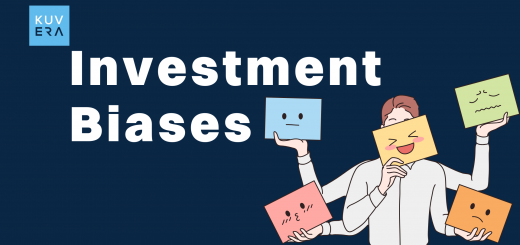RBI keeps the repo rate unchanged at 5.15 %
Both the market and market participants were in for a surprise (shock for some) when the Reserve Bank of India (RBI) in the much anticipated Monetary Policy Committee (MPC) meeting today announced its decision to keep the Repo-rate unchanged at 5.15 %. (The MPC is a six-member committee formed by the Government of India in 2016 for deciding on RBI’s policy rates like Repo-rate, reverse-repo rate, liquidity adjustment facility etc)
The Repo-rate had been cut consecutively five times during the last five such policy review meetings this year.
Repo-rate stands for “Repurchasing option” or “Repurchasing agreement”. It is the rate at which Indian banks borrow from the RBI. The rate at which RBI lends the money is called the ‘repo-rate’. It is a tool which can be used by the RBI for regulating inflation, money supply and liquidity in the system.
The RBI Governor Shaktikanta Das today said
Can’t mechanically reduce policy rate every time; expect faster transmission of earlier rate cuts hereon.
Some highlights from RBI’s announcements:
1/ The RBI’s MPC would continue with its ‘accommodative stance’ for growth revival and also so that inflation remains in check and stays at low levels
2/ The October-March CPI projection has been raised from 3.5 – 3.7 % to 5.1 – 4.7 %. October CPI was higher than expected. Inflation is expected to rise in the near term but to eventually come down in Q1-Q2 of 2020.
3/ The projected GDP rate for the economy has been reduced to 5 % from 6.1 % earlier
4/ The reverse repo rate stays at 4.90 %. Reverse-Repo rate is the opposite of repo-rate and is the rate at which RBI borrows funds from Indian banks or when banks place their excess money with the RBI. Banks are the lender here and the RBI pays interest to them.
5/ All six MPC members voted unanimously for keeping the rate unchanged
6/ India’s foreign-exchange reserves stood at $ 451.7 billion as of December 3, 2019. This is the first time that the $ 450 billion mark has been crossed.
Impact – on banks, economy and consumers
1/ The RBI wants greater transmission of rate cuts to the end customer announced during the year. This has not happened so far or has been happening in pockets and in small measure only.
2/ Rate of Fixed instruments is expected to go down. The savings bank rate would see a downward rate revision as well because banks will start linking their rates to the benchmarks.
As Ben Bernanke famously said
The Federal Reserve, like other central banks, wields powerful tools; democratic accountability requires that the public be able to see how and for what purposes those tools are being used.
So, stay on track with your investments, stay updated and diversify.
Interested in how we think about the markets?
Read more: Zen And The Art Of Investing
Watch/hear on YoutTube:
Start investing through a platform that brings goal planning and investing to your fingertips. Visit kuvera.in to discover Direct Plans and start investing today.
#MutualFundSahiHai, #KuveraSabseSahiHai!










